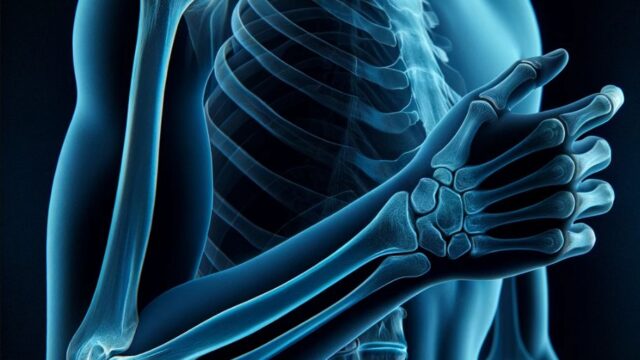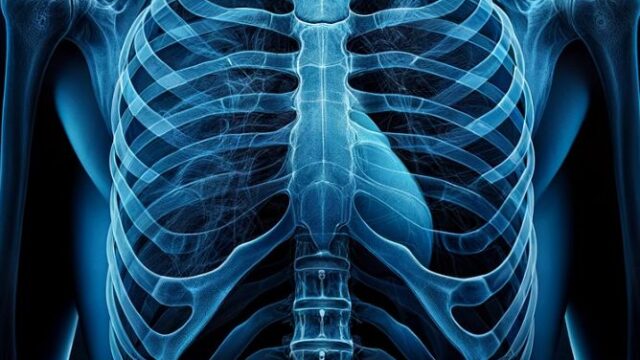Purpose
Observation from the axial direction of the petrous bone:
Observation of the external auditory meatus, mastoid air cells, mastoid sinus, and bony labyrinth.
By obliquely illuminating at a 45-degree angle in the cranio-caudal direction, the air in the mastoid air cells is expelled from the tympanic cavity for observation.
Prior confirmation
Removing obstacles (such as hairpins, eyeglasses, earrings, necklaces, dentures, etc.).
Positioning
Supine position (sitting position is also acceptable).
Tilt the mid-sagittal plane towards the side being examined and set it at a 45-degree angle to the cassette.
Ensure the horizontal line (German horizontal) is perpendicular to the cassette.
Place markers (R/L).
To achieve a 45-degree oblique incidence in the cranio-caudal direction, position the film to prevent the chin from being cut off (towards the feet).
CR, distance, field size
CR : The incident point is at the non-examined side, above the eyebrow, at a point four finger-widths away, with a 45-degree oblique incidence in the cranio-caudal direction.
Distance : 100cm.
Field size : Approximately 15×15cm, encompassing the mastoid air cells.
Exposure condition
70kV / 25mAs
Grid ( + ) *Please pay attention to the direction of the grid for oblique incidence.
Suspend respiration
Image, check-point
Figure3(b)
The central portion of the irradiation field should demonstrate the projection of the mastoid air cells.
The bony labyrinth within the petrous bone should be observable.
Videos
Related materials











